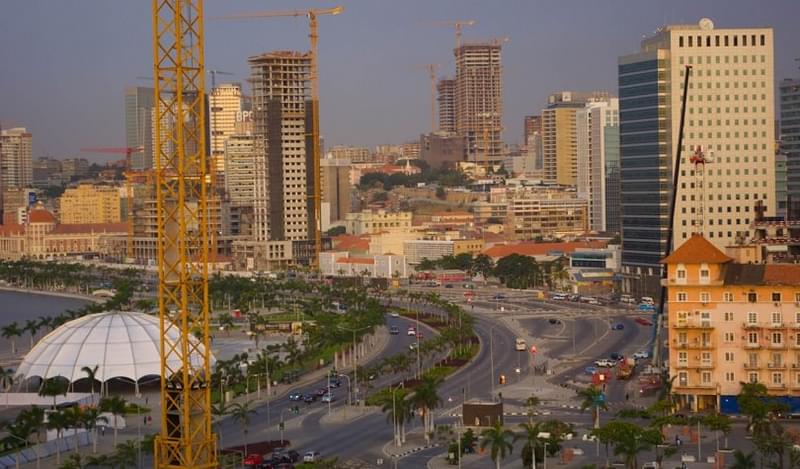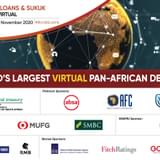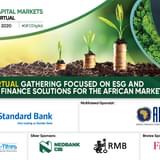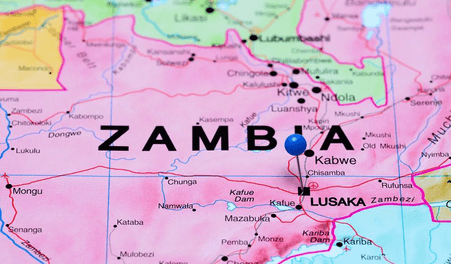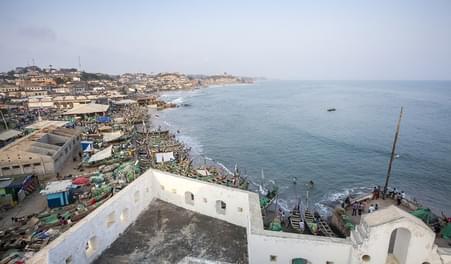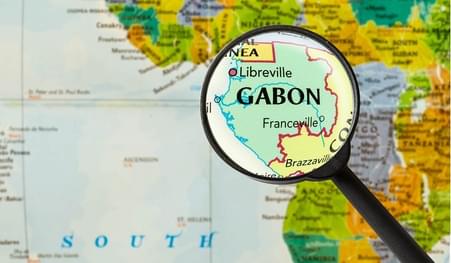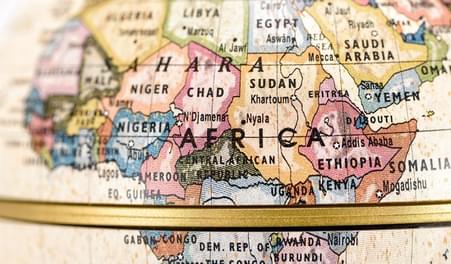As many readers will know, the single commodity export dependent country has been suffering under rising debt, inflation, low growth and dwindling FX reserves recent years. FX reserves dropped from a peak of USD36.6bn in May 2013 to just USD18.4bn in October 2017, according to figures from the IMF. Inflation increased from a low of 6.89% year-on-year in June 2014 to highs of 41.9% in December 2016, which moderated back down to 27.56% in December 2017. The Central Bank’s key monetary policy rate is currently 18%. The country’s current debt-to-GDP is estimated at 67%.
There was, at the outset of JLO’s ascension, a popular presumption that he would not do much to antagonise the old guard – a popular tactic usually deployed to help reduce the odds of a backlash or prolonged legislative impotence. Now, it seems, any “entente” that existed between ex-President José Eduardo dos Santos and J-LO has been broken (or perhaps it was simply all for show in the first place).
JLO has categorically replaced all those in key positions whom he feels unpliable, including Isabel dos Santos, the former president’s eldest daughter, who was removed from Sonangol in late December 2017. He also cancelled government contracts with Televisão Pública de Angola, which is co-owned by two of the former president’s children; in January, Jose Frelimino, another dos Santos offspring, was removed from the country’s USD5bn Sovereign Wealth Fund, Fundo Soberano de Angola. The Angolan population appears to embrace the removal of the dos Santos family from key positions of power.
Other key changes have been seen among Angola’s security chiefs, who are largely considered loyal to ex-President dos Santos – including General of the National Police, as well as the Chief of Intelligence Services and Military Security.
Carlos Saturnino Guerra Sousa e Oliveira, who used to hold one of the key positions in Sonangol and was removed when Isabel Dos Santos took over Sonangol, has now been appointed as Secretary of State for Petroleum, a move that seems to be supported by local industry experts.
The Central Bank governor Valter Filipe da Silva was also replaced in October 2017 by Jose Massano. The move is crucial in the light of the embezzlement probe (for USD137mn) that is still hanging over the Central Bank. Mr Massano is experienced banker, he previously headed the central bank, who is largely considered a more liberal central banker than his predecessor and is credited with the lowering of inflation, and stabilizing the economy and FX rate during his previous tenor which ended in January 2015. It is also expected that Massano’s appointment would be welcomed by the IMF.
Purge or Prep: From Messaging to Action
The question on investors’ minds is the following: Is Angola preparing the grounds for an IMF package?
The IMF has become more persistent over the course of the past years on key conditions being met as well as assurances that higher levels of transparency. We don’t need to look far to understand why; a brief glance at Mozambique or the likes of Republic of Congo, with large increases in debt levels through previously unmentioned debts, is telling enough.
Here are certain developments that may, in combination with the above, highlight why it appears Angola is indeed moving in the direction of an IMF deal – perhaps as early as this year.
In one of the first speeches that President J-LO gave on the 27th September 2017, he highlighted his willingness to drive for change, but warned the challenges the country faces are enormous and that they will call on everyone on this difficult journey. He highlighted that he would reduce state interventions in the economy to allow more freedom for enterprises to operate, but also that he would not rule out collaborating with the IMF and World Bank to re-establish the Angolan economy.
What has been done since that speech? The long-awaited Kwanza devaluation finally took place. The last time there had been a devaluation was over New Year 2015, when the AOA moved from 135 per USD to 158 per USD, and then gradually was allowed to weaken further to 169 per USD during the course of four months to April 2016, where in essence the FX remained until the start of January where through two special FX auctions the AOA was allowed to devalue to a high of 208.77 to USD – or a total weakening of 23.5%.
Between January 9 and 23, the Central Bank auctioned EUR248mn. While certainly substantial in nominal terms, it is not sufficient to clear the backlog in FX demand. The AOA to USD black market rate is still clinging around the AOA460 per USD level, bearing in mind that this is of course not the level the official FX rate should devalue – but there should be a convergence coming up. The devaluation is a good start but the currency still has more room to drop.
The Angolan authorities have started to re-negotiate some of their bilateral loans. The Russian bank VTB is one of the lenders with bilateral exposure to Angola; it stated that it is in negotiations to extend a USD1.5bn loan by 10 years, which otherwise would have to be repaid within 1.5 years.
The government stated that it would add the USD10bn of Sonangol debt into its debt matrix; while the IMF always included Sonangol to its debt calculations it is another sign the country is getting ready to align its numbers with IMF calculations. The government did mention it owes USD5bn to its suppliers. At this stage it is still unclear if these arrears are already included in the government’s figures.
President J-LO also reiterated his desire to gradually phase out the fuel and utility subsidies which have created such a heavy burden on government finances, a move certainly on the list of what the IMF would like to see changed.
On January 23, the President met with Managing Director Christine Lagarde at the World Economic Forum in Davos. The IMF statement following the meeting highlights that from their perspective the Angolan authorities are fully aware of the challenges they face and that they have announced policy actions to re-establish macroeconomic stability. Mrs Lagarde reiterated the fund’s commitment work alongside the Angolan authorities.
Observers and analysts should be cautious. In April 2016, Angola approached the IMF, but in the end the Angolan authorities decided not to go ahead with the programme. One of the reasons was that oil prices had started to recover towards the end of the negotiations; there are others. One is that the IMF would have liked to see among other things the AOA devalued, and removal of fuel and utility subsidies, policies that would certainly have proven very unpopular ahead of an election. The second dilemma was and still remains the large amount of AOA to USD-linked local debt that the government has issued.
Usually if a commodity exporting country that receives US dollar payments for its exports devalues its currency, local debt servicing becomes easier as one gets more local currency for their USD income. However, if a country has issued USD-linked local currency debt, that benefit gets wiped out as the country would have pay back more in their own currency if it is devalued against the dollar. The sums mentioned were of several billion dollars (the authorities never fully disclosed it); as a consequence, the devaluation would have had a severe impact on the country’s debt service ratio.
The majority of the AOA to USD-linked debt was issued in 2014 on 2, 3, 5, and 7-year tenor. At issuance, the demand was skewed towards the short end, given the maturity profile, and the 2 and 3-year bonds have matured. Even if some might have been rolled into new issues, it seems that overall, large amounts have been retired. Hence, we are now in a situation where, most likely, the benefit of getting IMF and World Bank assistance through their loans outweigh the negative impact on the debt service due to the devaluation.
The market has been warming up to the idea of Angola getting an IMF package and bond prices have started to react on the back of it. If one considers the Angola 2025 Eurobond from the start of December 2017, the bond price went up to a high of 118.75 on January 17, or a total of 5.5 points of a yield compression of 0.873% to 6.409%, according to data from Bloomberg. Bearing in mind that since August 2017, there has been talk of Angola coming to market with a USD2bn Eurobond issuance, which for some could be as early as March. Against this backdrop, price action indicates that the market is getting more convinced about the sincerity of the Angolan authorities wanting to access IMF and World Bank funding.
What could stand in the way of an IMF package? It could be higher oil prices. Or perhaps an economic or political shock. At the end of the day, we are still a long way off from the country’s fiscal breakeven point. If J-LO continues along his current path, it’s likely we may see barriers to a programme – and a broader, protracted recovery – fade.
